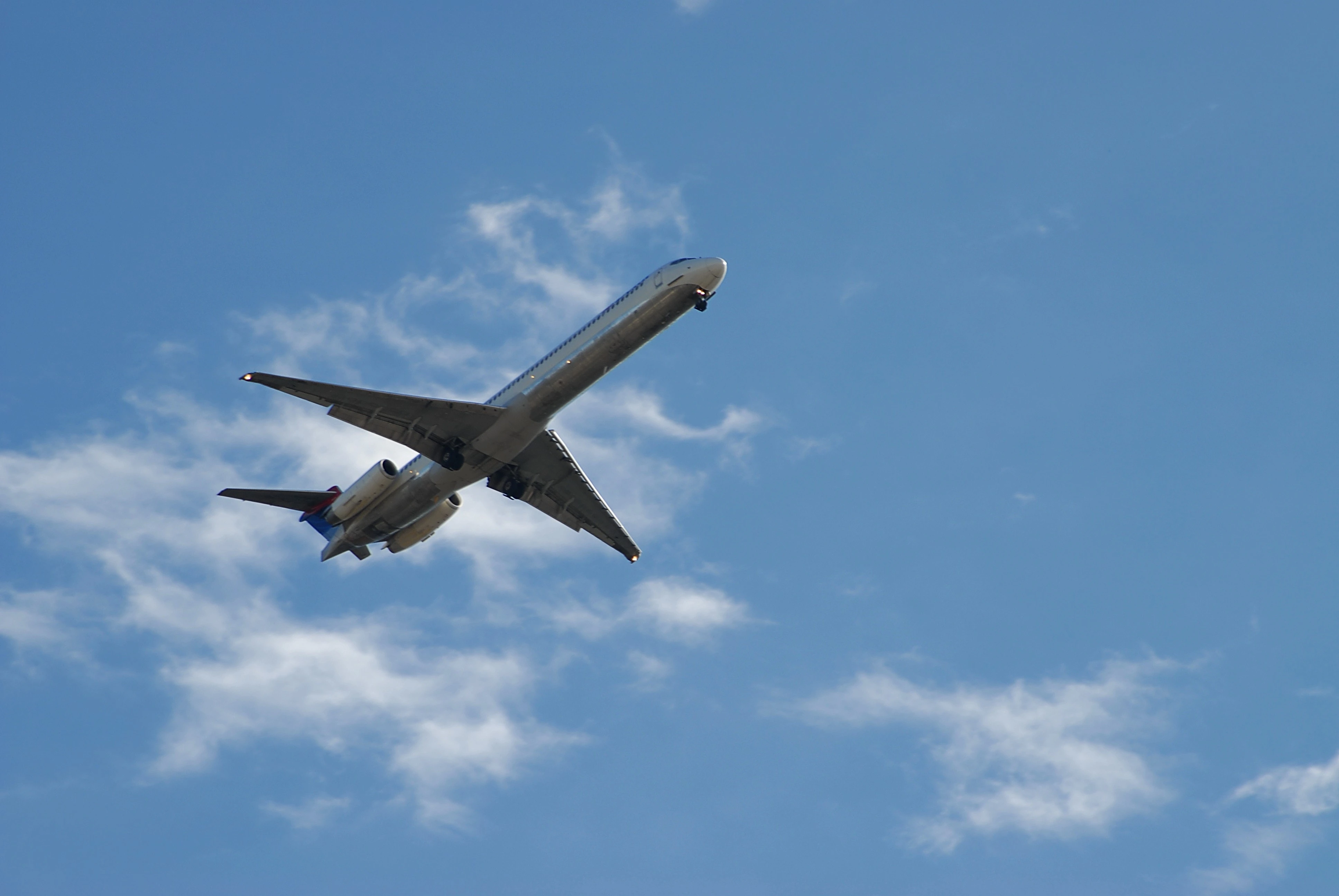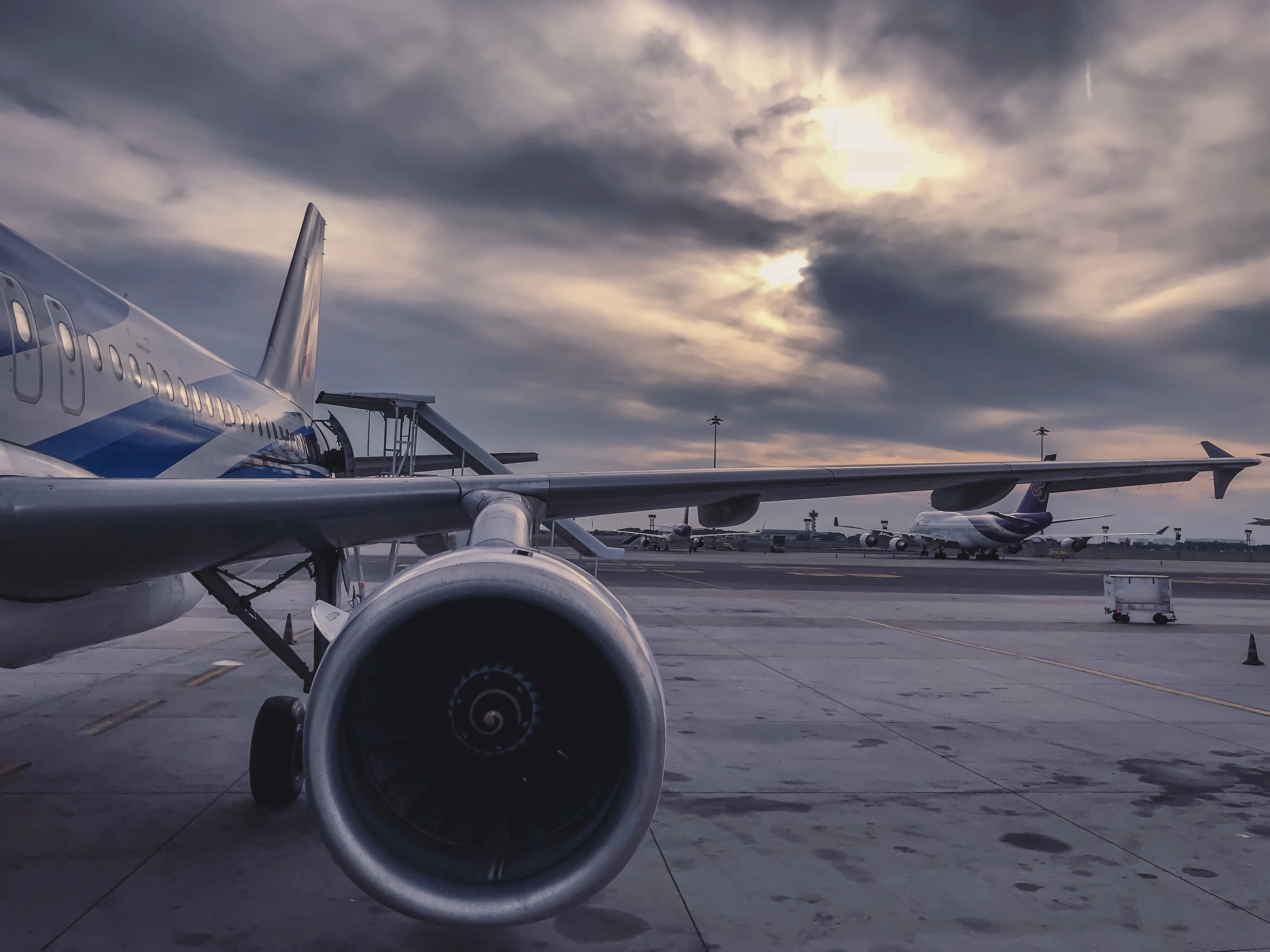
The history of Multi-Engine Flight dates back in 1913. Notably, the world’s first multi-engine airplane was created in Russia. Igor Ivanovich Sikorsky, who was born in Kiev, Imperial Russia (now Ukraine), on May 25, 1889, is the pioneer of the first multi-engine aircraft (Sikorskii?, 2007). Therefore, the history of the multi-engine flight cannot be explained without talking about Igor Sikorsky, who, as a young boy, showed interest in science especially in the field of aviation. Critical to note is that before Igor Sikorsky had immigrated to the US and started the building of helicopters, he had already pioneered the Russia’s early aviation (Anderson, 2012). Apparently, among his looming large of the beginning of the accomplishments is the development of “The Grand” which was the code name of the first multi-engine aircraft. Most of the critics did not believe that the aircraft would fly although it did.
Evidently, “The Grand” was hugely influential to aviation in different ways, which include the integration of the balcony. It is considered as “little porch” on the front of the multi-engine aircraft that feels among the most remarkable aspects of the first plane’ designs (Marshall Cavendish Corporation, 2008). The intention of design the multi-engine aircraft with a balcony was to ensure that safety was guaranteed by reminding passengers not “to jump out of the plane while standing on the porch.” [“Write my essay for me?” Get help here.]
A twin-engine aircraft looks complicated to fly because of the many knobs and dials in the cockpit. The systems are complex, and fuel plumbing may seem a little out of the ordinary. When a multi-engine aircraft takes off, it is not any different from flying a retractable single engine plane. The transition from a fixed gear, fixed pitch prop single to a twin is busier than it needs to be but the invention of a multi-engine flight made life easier in the aviation industry.
A multi-engine aircraft has a few advantages over the single engine aircraft. A manufacturer puts more than one engine in the airframe to ensure that the plane keeps flying in the case where one engine fails. However, if an engine in a twin engine flight fails, the pilot loses 90 percent of excess thrust which means that speed will lose speed even if he configure the airplane entirely after an engine failure. When light twin-engine flights are operated near their gross weight, the plan becomes intolerant of the pilots’ error in achieving a positive climb rate and deliver a very marginal single engine flight performance. A non-turbo plane with twin engines has a single engine service ceiling of five thousand feet density altitude which increases the likelihood of descending in the case of engine failure (Torenbeek, 2013). In addition, a plane with two engines is more likely to incur an engine failure.
Aircraft manufactures develop a multi engine aircrafts for more power. If a manufacturer cannot achieve 500 hp from a single engine for 500lb. aircraft, the solution is to create two 250hp engines because it creates an extra drag from each side of the plane (Anderson, 2012). For example, single Comanche records a performance of 260 hp and the double 320 hp. However, the single Comanche is faster than the twin equivalent. Newer light single aircrafts such as the PC 12 get power with a minimal drag, which makes it, fly higher and faster. [Need an essay writing service? Find help here.]
A multi-engine flight is in perfect condition when both engines are pulling uniformly, and the engines are symmetrical. When one of the engines fails, the functional engine provides all the thrust, which causes the aircraft to incline towards the dead engine. The dead engine creates an additional drag, which creates the need for energy to come from elsewhere since the propeller is wind milling. The wind milling prop creates drag, which also causes the airplane to yaw towards the failed engine (Mardanpour et.al, 2014). The pilot stops the yaw by stomping on the rubber paddle next to the engine, which also contributes, to the thrust.
As a pilot slows down, the flight controls become sloppy and begin to lose effectiveness. At low speeds, the rudder cannot oppose the yawing into the failed engine. The aircraft will then spin and cause a crash that is likely to cause the death of all the occupants. When flying a multi-engine flight, the pilot must reduce power on the functional engine or lower the nose to maintain control. However, these two actions are not desirable right after takeoff or at low altitudes. Climbing at low speeds is not well supported by the multi-engine flight, which makes it necessary for a minimum yawn control speed, VMC, to be painted as a red streak across the airspeed indicators.
A twin-engine flight has two standard pistons that rotate clockwise when viewed from behind just as in the case of a twin engine. If the right engine fails and the pilot slow down the plane, down going blade of the left engine appears to be inside the nacelle, which is closer to the fuselage. This means that the pilot’s action will cause a shorter arm for thrust, which will consequently lead to less yawing. Conversely, if the left engine fails, the pilot slows down, and the downgoing blade of the right engine is outside the nacelle and away from the fuselage. The plan yaws more; an indication that the pilot needs more rudder. As far as the control of a multi-engine aircraft goes, it is worse when the left engine fails because it is the analytical engine (Wildmann et.al, 2014). However, airframe manufacturers have redesigned the plane by installing a counter-clockwise rotating engine on the right. This modification assists the pilot to remain on a straight course when the left engine fails. The down going blade on the right engine as close to the fuselage as the left engine (Mardanpour et.al, 2014). Later versions of the twin-engine airplanes are said not to have a critical engine from a control standpoint view after this innovation. [Click Essay Writer to order your essay]

The twin engine has some advantages over the single engine aircraft. The twin-engine aircraft is less redundant because is a pilot loses one engine, there is a chance that he can land using the functional engine. Most twin-engine aircraft that are beyond the twin trainers have an excellent cabin in the piston twin. Sophisticated models of the multi-engine aircraft come with additional features such as the anti-ice equipment that is not in the single engine aircraft. However, twin-engine aircraft have very high operating costs because of the double amounts of oil required to fuel the two engines. Also, they have high maintenance costs that come from having twice the number of spark plugs and cylinders. They are more complicated to operate compared to the single engine because the redundancy from the use of multi-engine flights comes at the price of a complex fuel system, paralleling alternators and synchronizing propellers. Twin engine flights have a tendency of lacking soft field performance.
The history of air aviation is mostly attributed to the works that were done by the first innovators of the airplane, the Wright brothers especially after they demonstrated that it was possible to fly and that the fundamental technical problems had been overcome. However, the following paper will seek to discuss the history of the Multi-Engine Flight by analyzing different milestones in the air aviation industry
References
Anderson, J. J. D. (2012). The airplane: A history of its technology. Reston, VA: American
Institute of Aeronautics and Astronautics.
Marshall Cavendish Corporation. (2008). Inventors and inventions. New York: Marshall
Cavendish.
Mardanpour, P., Richards, P. W., Nabipour, O., & Hodges, D. H. (2014). Effect of multiple engine placement on aeroelastic trim and stability of flying wing aircraft. Journal of Fluids and Structures, 44, 67-86.
Sikorskii?, S. I. (2007). The Sikorsky Legacy. Charleston, SC: Arcadia Pub
Torenbeek, E. (2013). Synthesis of subsonic airplane design: an introduction to the preliminary design of subsonic general aviation and transport aircraft, with emphasis on layout, aerodynamic design, propulsion, and performance. Springer Science & Business Media.
Wildmann, N., Ravi, S., & Bange, J. (2014). Towards higher accuracy and better frequency response with standard multi-hole probes in turbulence measurement with remotely piloted aircraft (RPA). Atmospheric Measurement Techniques, 7(4), 1027-1041.







